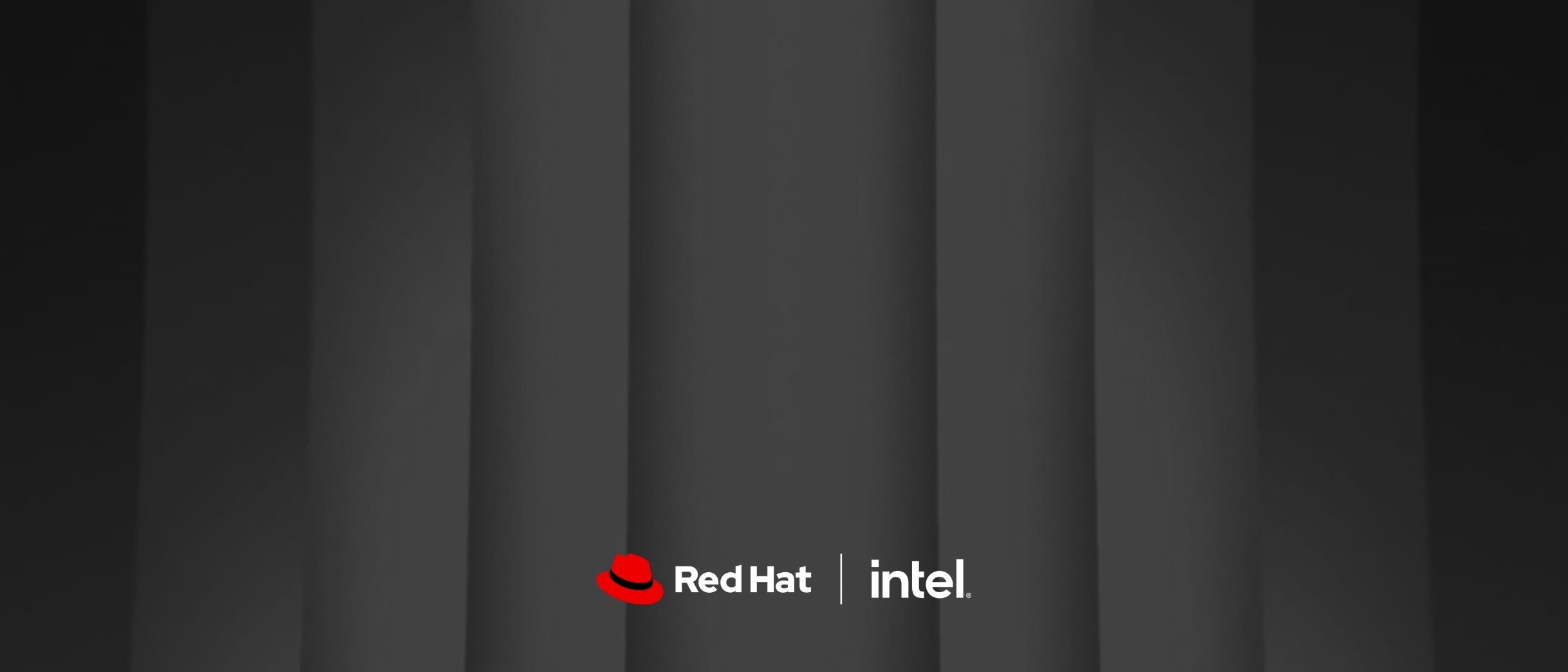
On Wednesday 18/11/2020 CIONET brought together over five hundred digital leaders from all around the world to the 4th edition of CIONEXT. During this virtual event held on zoom platform, Hendrik Deckers and Luc Hendrikx talked with Margaret Dawson (Red Hat), Rudi Peeters (KBC), Massimo Rosso (RAI), Ángel Valero (Telefónica) and Lee Hepplewhite (dunnhumby) about challenges of Open Transformation.
Here is the summary of this exciting conference.
The panel discussion started with Margaret Dawson giving an innovative definition of Open Transformation understood as and interaction of 3 key elements:
The panelists agreed that Open Transformation cannot take place without a courageous leadership and a shared vision. Transformation is a continuous process and requires change of mindset and approach to data-driven and customer-centric.
Massimo Rosso drew our attention to the fact that architecture and infrastructure are two different things. Architecture refers to the logical level and infrastructure to physical. Implementing architecture means implementing technology, but bearing into account relationships between all stakeholders, and Open Architecture is an answer to the new customer centric approach.
Margaret Dawson wished that within the Open Architecture framework, the infrastructure should be just an abstraction layer. People using the technology should not care about what’s behind it. So architecture layers should be standardized so that the engineers use the tools and technologies they want to use
Multi cloud is an important element, but cloud itself should not be treated as a purpose, but a tool used to industrialize data and data, as Rudi Peeters stressed, is the new electricity.
Open Architecture is threatened by legacy issues, which as Lee Hepplewhite noted, might be also an opportunity to change faster and more effectively while answering changing customer needs. On the other hand, legacy also impacts cloud transfer, which is blocked by technological issues (cloud and mainframe integration) and countless requirements of the regulatory bodies.
What is Open Culture? How to change mindset and get the best out of your team? Agile or fragile? Are agile and chaos two sides of the same coin? Is SAFe scaled agile the new future for everyone? Do we have to break down the silos if we want to implement Open Processes? What will stay with us from the Corona crisis? Is Covid a digital accelerator? Are we going to become a better society when the pandemic is over?
These Stories on CIONET International
No Comments Yet
Let us know what you think